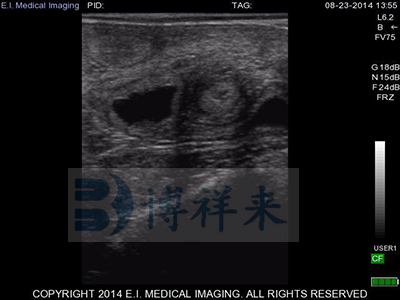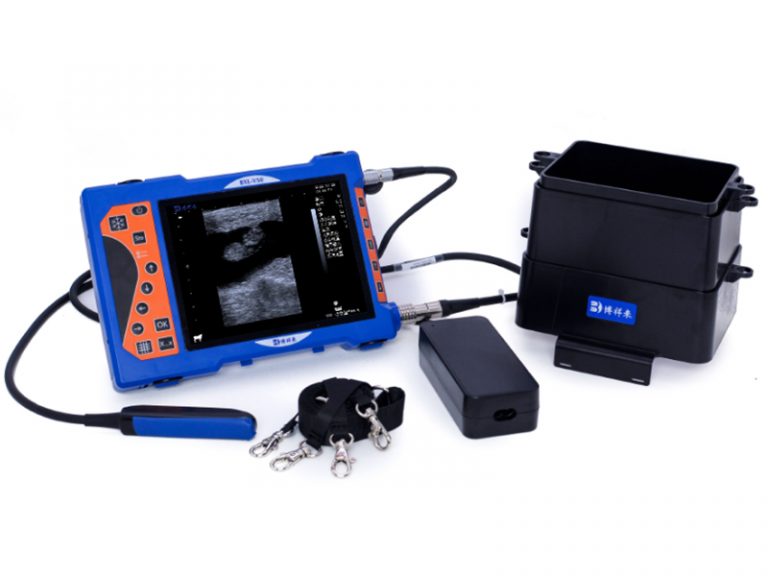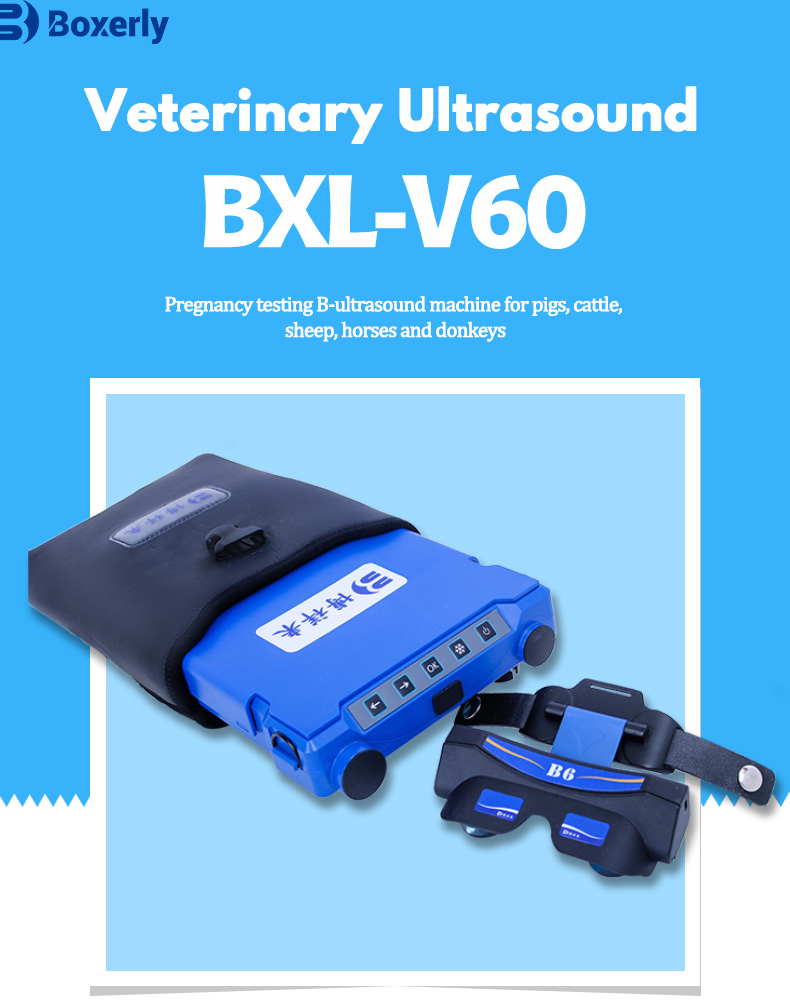When Is the Earliest You Can Ultrasound a Cow for Pregnancy?
Ultrasound is a routine part of modern bovine reproductive management, but a common question among farmers is: how soon can you reliably use ultrasound to detect pregnancy in cows? Early detection is essential for optimizing reproductive efficiency, reducing open days, and making timely culling or treatment decisions. In this article, we’ll explore the optimal window for using ultrasound in cows, the factors that influence accuracy, and how you can integrate it into your herd management program.
What Is the Earliest Viable Time for Pregnancy Ultrasound in Cattle?
With a high-frequency linear or convex transducer, trained technicians can detect a pregnancy in a cow as early as Day 26 post-breeding. However, most veterinarians recommend waiting until Day 28–32 to ensure better accuracy and reduce false negatives.
At Day 26, the conceptus may be visible as a small anechoic (black) fluid-filled structure in the uterine horn. However, detection depends heavily on operator skill, equipment resolution, and cow factors like uterine tone and size.
Why Day 28–32 Is Considered the Ideal Window
Between Days 28 and 32 post-insemination, the embryonic vesicle becomes more distinct and easily visible via transrectal ultrasound. By this time, the embryo has a visible heartbeat, which improves the confidence of a positive diagnosis.
Compared to other pregnancy detection methods like rectal palpation (from Day 35) or blood-based pregnancy tests (typically from Day 28 onward), ultrasound offers earlier and more specific results, including the ability to observe embryonic viability.

Key Advantages of Early Pregnancy Detection
-
Reducing Days Open
Each day a cow remains non-pregnant costs money. Early diagnosis allows producers to identify non-pregnant animals quickly and rebreed them in the next estrous cycle, reducing calving intervals and boosting reproductive efficiency. -
Improved Culling and Treatment Decisions
Detecting open cows early allows producers to cull subfertile or reproductively inefficient animals sooner. In some cases, cows with uterine infections or other abnormalities can also be flagged and treated accordingly. -
Enhanced Reproductive Data
Ultrasound provides more than a yes/no answer. It gives information about embryonic age, twins, and reproductive tract health, all of which help refine herd management strategies.
What Equipment Is Best for Early Bovine Ultrasound?
To achieve consistent early pregnancy detection, a portable ultrasound machine with a 5.0–7.5 MHz linear rectal probe is commonly used. Machines designed specifically for veterinary reproductive work often include image enhancement features and presets for large animal applications.
Operators must ensure good contact between the probe and the uterine wall by removing fecal material and adequately restraining the animal. The cow’s rectal wall must also be handled gently to prevent injury.
Operator Skill: The Deciding Factor
While technology matters, the accuracy of early pregnancy diagnosis via ultrasound heavily depends on the operator’s skill. Misinterpretation of uterine fluid, early embryonic loss, or anatomical variants can lead to errors.
According to the University of Florida IFAS Extension, even skilled technicians may only achieve 90–95% accuracy at Day 28[1].

Risks of Scanning Too Early
Scanning before Day 26 can lead to:
-
False negatives due to poor visibility of the embryonic vesicle
-
Misidentification of fluid from other sources as pregnancy
-
Unnecessary stress on cows, especially heifers or nervous animals
Furthermore, early embryonic loss (which can happen in up to 10% of pregnancies before Day 30) means that a positive result may not always lead to a successful calving. A follow-up scan after Day 35–40 is advised to confirm viability.
Can Ultrasound Detect Twins Early?
Yes, ultrasound is currently the best way to detect twin pregnancies in cattle, often as early as Day 30. Early identification allows farmers to provide additional nutritional support and monitor for increased risks like dystocia or early embryonic loss.
How Early Ultrasound Fits into a Reproductive Management Program
For herds using artificial insemination (AI), implementing ultrasound on Day 28–35 post-insemination enables quick sorting of pregnant and open cows. This allows synchronized resynchronization protocols for open cows, preventing lost breeding opportunities.
In natural service herds, pregnancy ultrasound is often done later (Day 35–45), after the bull is removed from the pasture, although early ultrasound is still feasible if breeding dates are recorded.
Best Practices for Implementing Early Ultrasound
-
Schedule scans between Day 28–35 post-breeding for optimal accuracy.
-
Use clean, well-maintained ultrasound equipment.
-
Hire a trained technician or undergo formal training in bovine ultrasound.
-
Record and track pregnancy results to monitor reproductive trends.
-
Rescan doubtful cases or high-risk animals at Day 45 or later.
Complementing Ultrasound with Other Tools
While ultrasound provides excellent visual confirmation of pregnancy, it can be complemented by other reproductive tools:
-
Heat detection systems to identify returns to estrus
-
Blood pregnancy tests for follow-up or in remote settings
-
Hormone synchronization protocols to manage breeding schedules
Conclusion
Ultrasound is a powerful and time-sensitive tool for managing cattle reproduction. While pregnancy can be detected as early as Day 26, the ideal window for reliable, actionable results begins at Day 28. With proper equipment, operator training, and herd planning, early ultrasound can dramatically improve reproductive efficiency and farm profitability.
By integrating early ultrasound into your herd management system, you position your operation for higher productivity and better animal care outcomes.
References
-
“Ultrasound Pregnancy Diagnosis in Cattle,” University of Florida IFAS Extension: https://edis.ifas.ufl.edu/publication/AN314
-
“Ultrasound Pregnancy Testing of Cattle,” University of Wisconsin Extension: https://livestock.extension.wisc.edu/articles/ultrasound-pregnancy-testing-of-cattle/
-
“Cattle Reproductive Management,” Alberta Agriculture and Forestry: https://www.alberta.ca/cattle-reproductive-management
-
“Ultrasound Pregnancy Testing in Cattle,” Penn State Extension: https://extension.psu.edu/ultrasound-pregnancy-testing-in-cattle






This clears up a lot about pregnancy detection timing. Simple and clear, just what I needed for my studies.
Tried ultrasound at 21 days like you mentioned, worked better than I expected. Used to wait until 35+ with palpation, but this gives me a head start, especially with heifers.